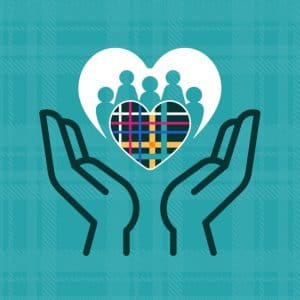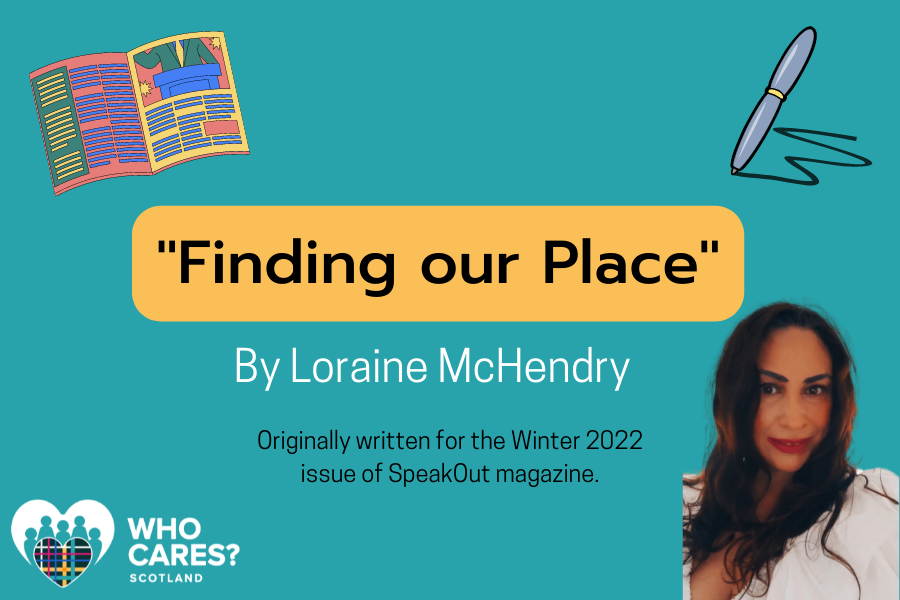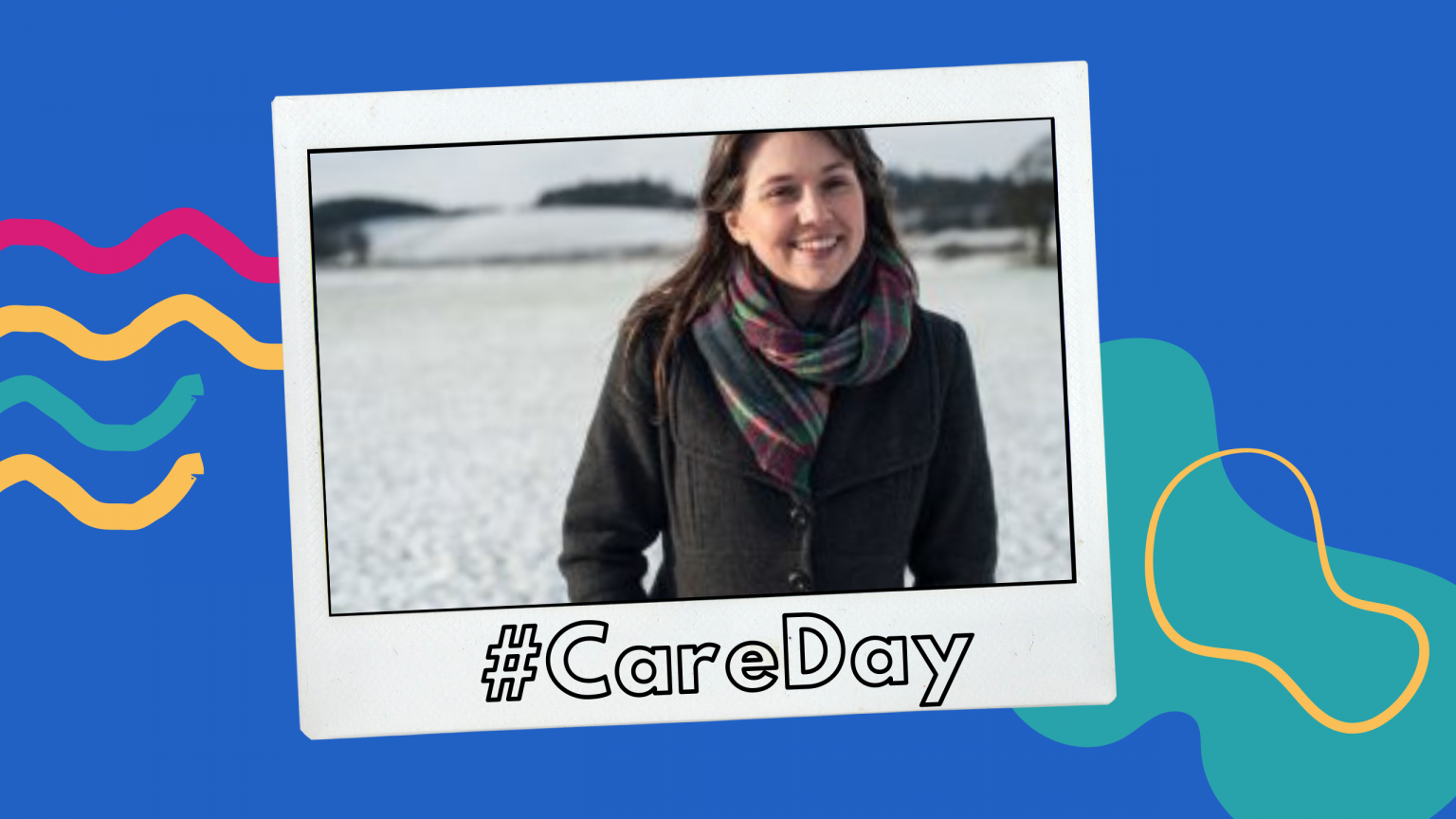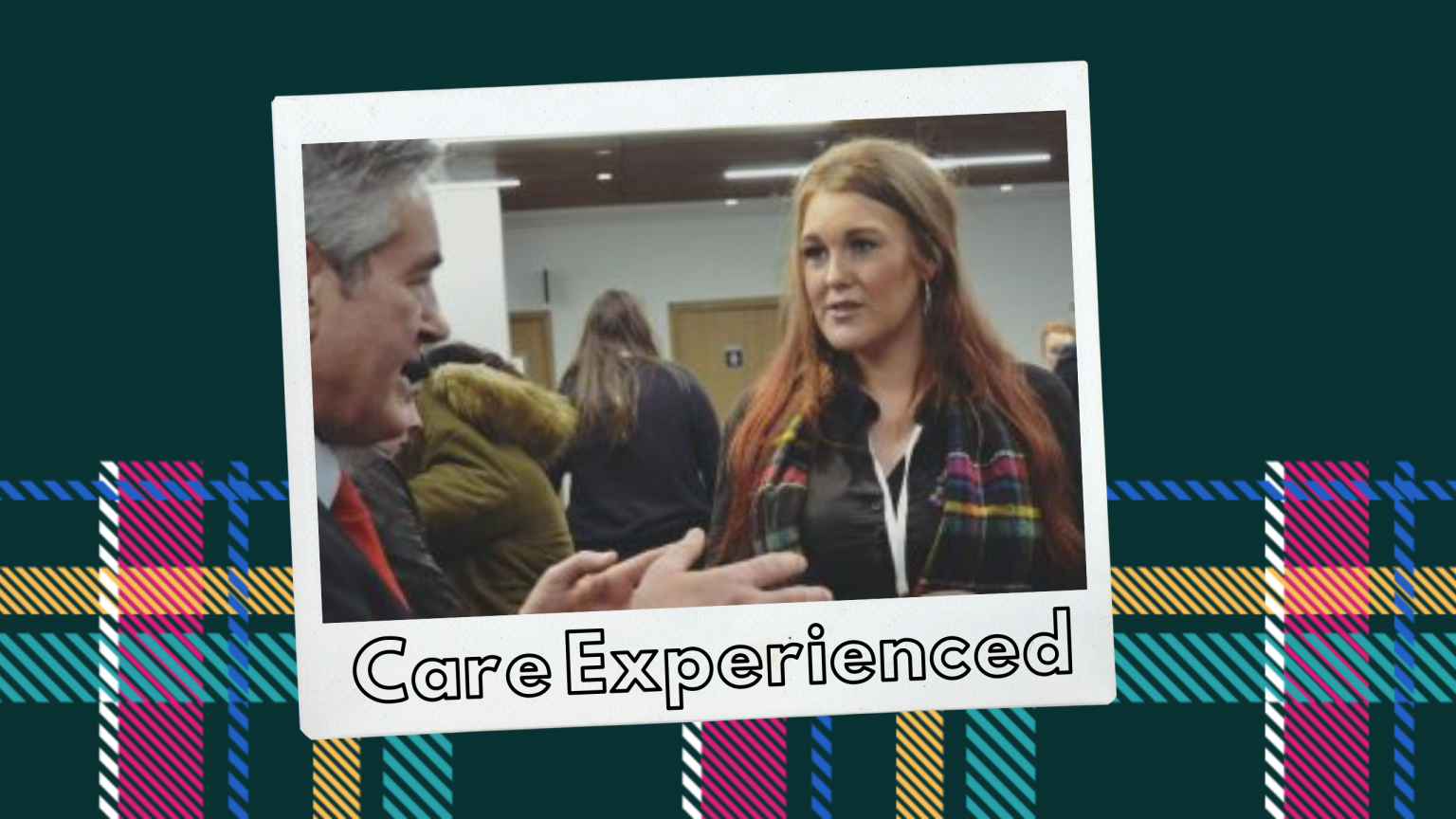‘You must be the milk man’s!’ words I heard often as a child, with the successive sets of white foster families I spent time with. If I had a £1 for every time my legitimacy was called into question, I’d be writing this article on a yacht.
For their trouble, the foster families received extra money for welcoming a mixed-race child under their roof. I, like others of my kind, was awarded with only the discomfort and uncertainty of being who I am – a half South Asian girl who, when against the background of a white family in a mono-cultural community, is perceived as different.
For any child or young person who is no longer living with their birth family, home life can be difficult. Neither parent is in the picture to them help understand who they are and where they belong. This sense of isolation can be further magnified for minority ethnic children. Feelings of difference can create barriers, especially if these differences are reinforced by those around them and society at large.
That said, there are many examples of babies and infants, adopted from parts of East Asia and Africa, who’ve assimilated seamlessly into their adoptive families. Unlike in the past, white carers are no longer encouraged to correct cultural behaviours. This means, through wholehearted efforts of their adoptive families, and perhaps the wider community, the child is given a feeling of identity and belonging.
Further attempts may be made to teach and connect the child with their culture. But this ideology is often lost for BAME children in the care system. Resources used by agencies and carers can sometimes eclipse the child or young person’s chances to connect, discover or re-familiarise themselves with their culture and ethnic origin(s).
Sometimes ill-informed attempts to integrate minority children and inform them of their cultures can translate into insensitive acts of exclusion and further disconnection. For example, one set of foster parents called me over to a window: ‘’Look! Those people are just like you!’’ they chanted gleefully, as a totally unrelated, elderly Indian couple stepped from a car, into a community where migration has remained largely unchanged since the stone age. Instantly, I was detached from my immediate surroundings – you don’t really belong here.
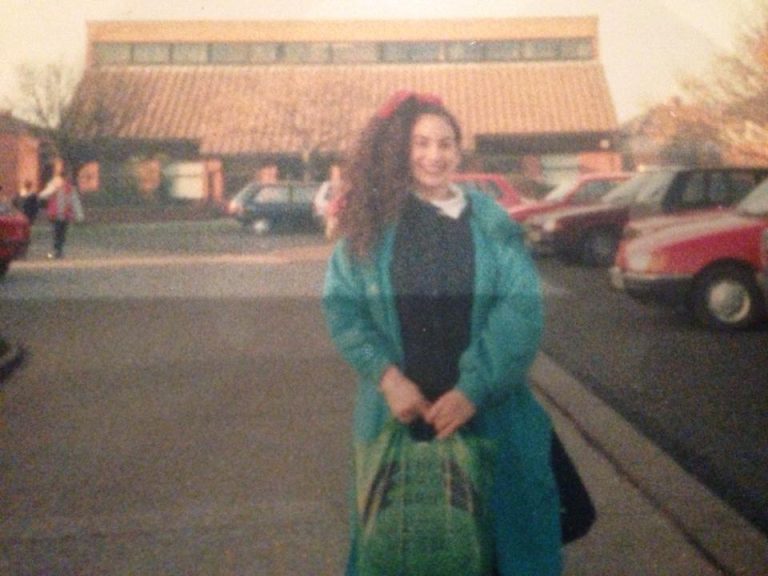
In another foster placement, my hair was braided into cornrows. The aim was to make my thick, wispy head of curls more manageable and make it easier to remove the chewing gum spat in it at school, usually accompanied with racist remarks.
Fashionable with pop stars at the time, this was a cool, acceptable ethnic minority style. ‘’You’ll be able to get away with your hair like that’’, I was assured. Though my cornrows generated many positive endorsements, it happened because of a pervasive belief ethnic minority people and cultures can be viewed interchangeably.
African culture was entwined into Asian DNA. Native Britain versus the homogenous group of all other ethnic minorities.
Minority ethnic children are concerningly overrepresented in the care system. This can be down to BAME and bi-racial families being more likely to experience poverty, being at risk of mental health issues, having a shorter life expectancy and other social challenges.
Mixed race children in care, like myself, are likely to live with white single mothers. Many are connected to British culture through domestic exposure and the type of cultural influence which dominates society more generally.
Caught in a quandary of only really knowing how to be white but recognising there’s something more going on and not knowing what exactly to do about it, we’re under prepared when we’re seen as not white.
Sometimes when a Care Experienced child is bullied, they’ll think twice before reporting the incident. Some will blame themselves for their predicament.
Such bullying feels like something we can prevent burdening others with. Racial bullying though provokes an instinct especially since it would be addressed in other contexts.
When I was growing up, reporting racism could sometimes ignite a ‘sticks and stones’ mantra. With reminders that other forms of bullying would happen anyway, if not the racial variety.
As a Care Experienced person, something about us provokes adversity. Consequently, we’re sometimes encouraged to accept and tolerate bullying and racism.
Corporate parents, carers, schools and communities must work together to ensure all children in care are given the opportunity to connect with their race and cultures sensitively, accurately and on their terms.
What is unacceptable elsewhere, can‘t be overlooked within the Care Experienced community. As the Black Lives Matter movement, awakened the world, we must make sure ethnic minority Care Experienced children and young people do not become the forgotten or left behind.
Written by Loraine McHendry for the Winter 2022 issue of our SpeakOut Magazine.
If you’d like to write something for SpeakOut, we’d love to hear from you! Submit your ideas for articles to comms@whocaresscotland.org


